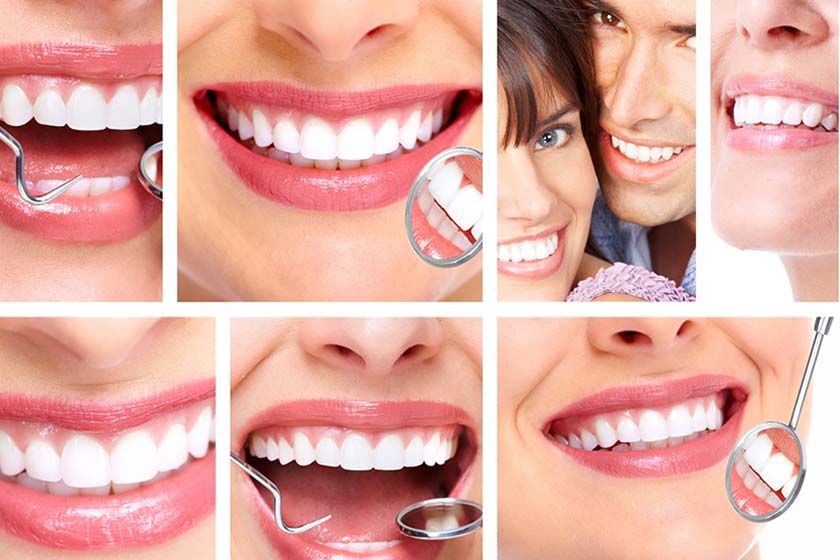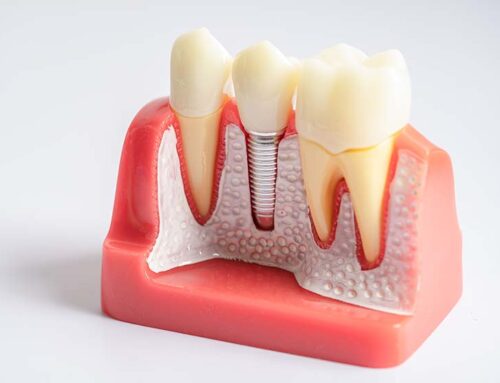TMJ disorders include all of the disorders that occur in the bones and tissues that connect the upper and lower jaw. This may be due to accidents, some unhealthy habits or stress. The symptoms when there is a problem with the jaw joint are:
- Clicking sound when you open your mouth, especially when you eat
- Difficulty in opening the mouth
- Pain around jaw musles
- Jaw locking
Although long-lasting dental treatments, lip eating habits or sleeping on stomach, and even long-term gum chewing habits can lead to discomfort in the jaw joint, the most important cause of these disorders is stress. Especially in young and middle-aged people, due to stress, excessive contraction of the facial muscles and the strain of the jaw joint causes this discomfort.
- The tooth length problems caused by the gums are removed.
- A regular alignment is provided with the shape given to the teeth.
- Gums have a structure that is harmonious and healthy.
- Problems that can cause cavities and tooth loss are solved.
- So, itching and bleeding of the gums are prevented.
The first stage of smile design is completed with gingival aesthetics.
Gum health and aesthetics are as important as our teeth. Therefore, you should not think of your daily oral care as just brushing your teeth. Oral health and care can be ensured by complete oral hygiene. Avoiding brushing your teeth aggressively, using floss after brushing will help you maintain your gum health. You can avoid plaque formation thanks to professional tooth cleaning every 6 months like I recommend. By visiting your dentist regularly, you may notice problems before progressing.
Teeth Clenching and Grinding
Teeth clenching and grinding is a serious discomfort that causes both jaw joint discomfort and gingival recession if you are not taking precautions. Stress-induced teeth clenching and grinding is a natural by-product of locking and shifting of teeth when sleeping at night. But it can also happen during the day.
Treatment with Botox injection
Botox; It is a protein derived from bacteria called “Clostridium botulinum”. Although it is generally thought to be used for cosmetic purposes, it is frequently used in medicine and dentistry. Blocking the nerves in the muscle tissue in which it is applied, Botox prevents the contraction of the muscle, and it is a method especially used in jaw joint disorders.
Where is Botox used in Dentistry?
- TMJ disorders
- Masseter muscle hypertrophy
- Teeth clenching and grinding (Bruxism)
- Some disorders caused by salivary gland such as Frey syndrome
- Pain in the jaw and face, muscle spasms
- Trigeminal neuralgia
- Various muscle movement disorders in the jaw and face and correction of some mimic muscles
Botox can be applied to all healthy patients over the age of 18. The process takes about 15-20 minutes. It is applied with fine tipped needles, preventing the release of the neurotransmitter from the nerve endings and thus stopping the transmission between the nerve and the muscle. Pain from the injection can be reduced by numbing proposed injection location with a cold pack or anaesthetic cream. Afterwards there is no side effect other than a slight redness or temporary swelling, which goes away within 2-3 days. The effect of Botox reaches its maximum level within 2-3 weeks and maintains its effectiveness for an average of 6 months.







Leave A Comment